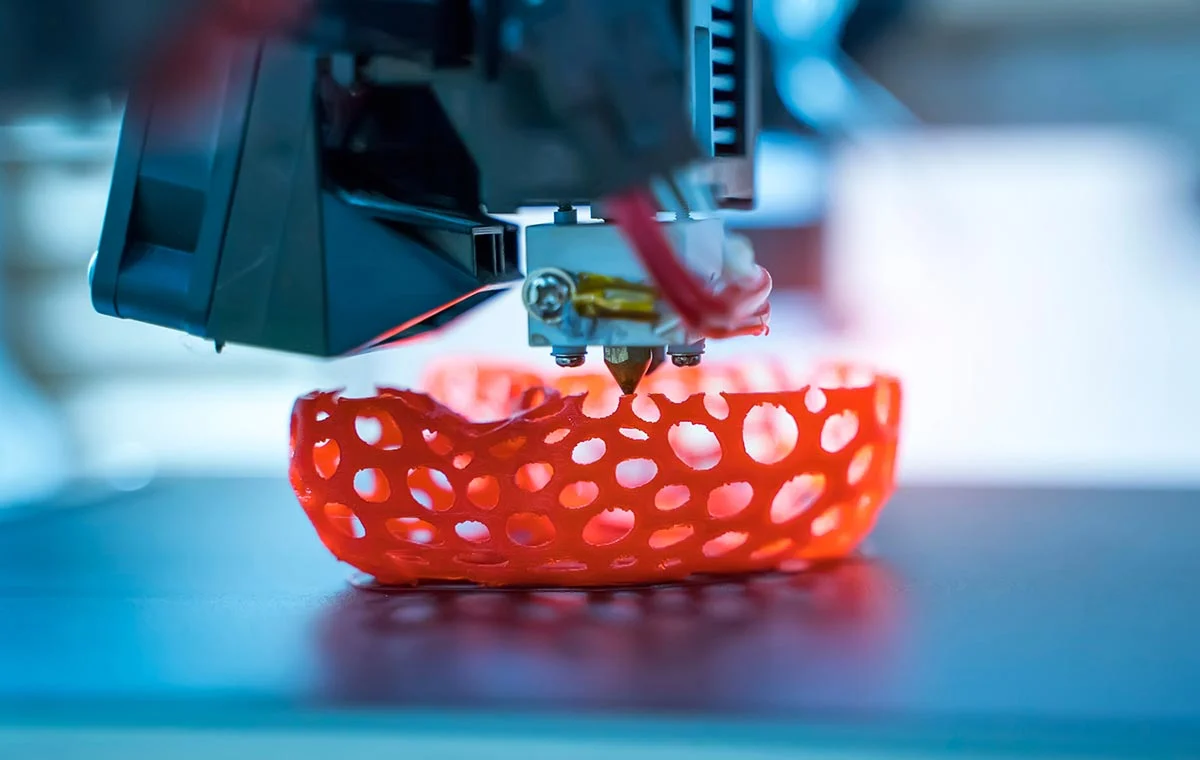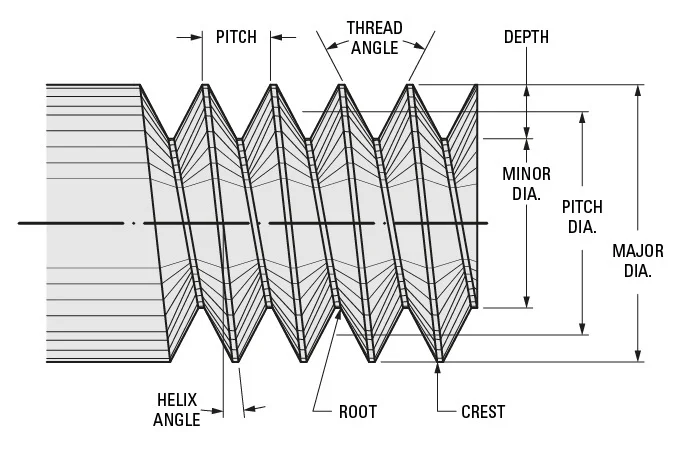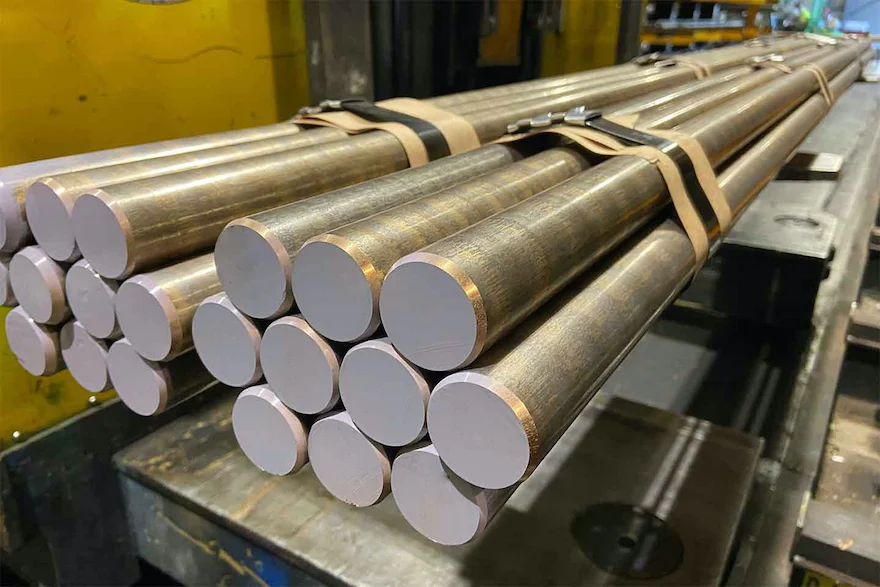
Aluminum Alloys: The Difference of 6061 and 7075
In our day-to-day existence, metal materials are an ever-present part of our interactions. Ever pondered what metal constitutes the casing of your smartphone? Or why cars and bicycles manage to be both lightweight and robust? The answer frequently points to aluminum, a metal we often take for granted yet which holds a pivotal role.
Aluminum and its alloys are celebrated for attributes like lightness, high ductility, excellent corrosion resistance, good electrical and thermal conductivity, ease of recycling, and superior machinability. They serve as indispensable materials in the production of electronic products and vehicles and find extensive application in construction, packaging, and aerospace industries. Among the diverse aluminum alloy family, 6061 and 7075 aluminum stand out due to their remarkable performance. Let's explore their advantages, characteristics, and differences.
6061 Aluminum: A Versatile Choice
6061 Aluminum, hailing from the 6XXX series, is the most prevalent general-purpose aluminum alloy. Its main alloying elements - magnesium, silicon, and iron - strike a harmonious balance between strength, toughness, and ductility. This alloy excels in formability, weldability, and machinability. Even when its surface gets scratched, its corrosion resistance remains impressive. For additional protection, anodizing can create a thin, colorful protective layer.
Heat treatment significantly boosts 6061 aluminum's mechanical properties. Conditions such as T4, T6, and T651 enhance its performance, making it adaptable to various applications. It's worth noting that 6063, another popular alloy in the 6XXX series, shares similar alloying elements but offers only about half the strength of 6061. Thus, it's mainly used in architectural and decorative applications like window and door frames.
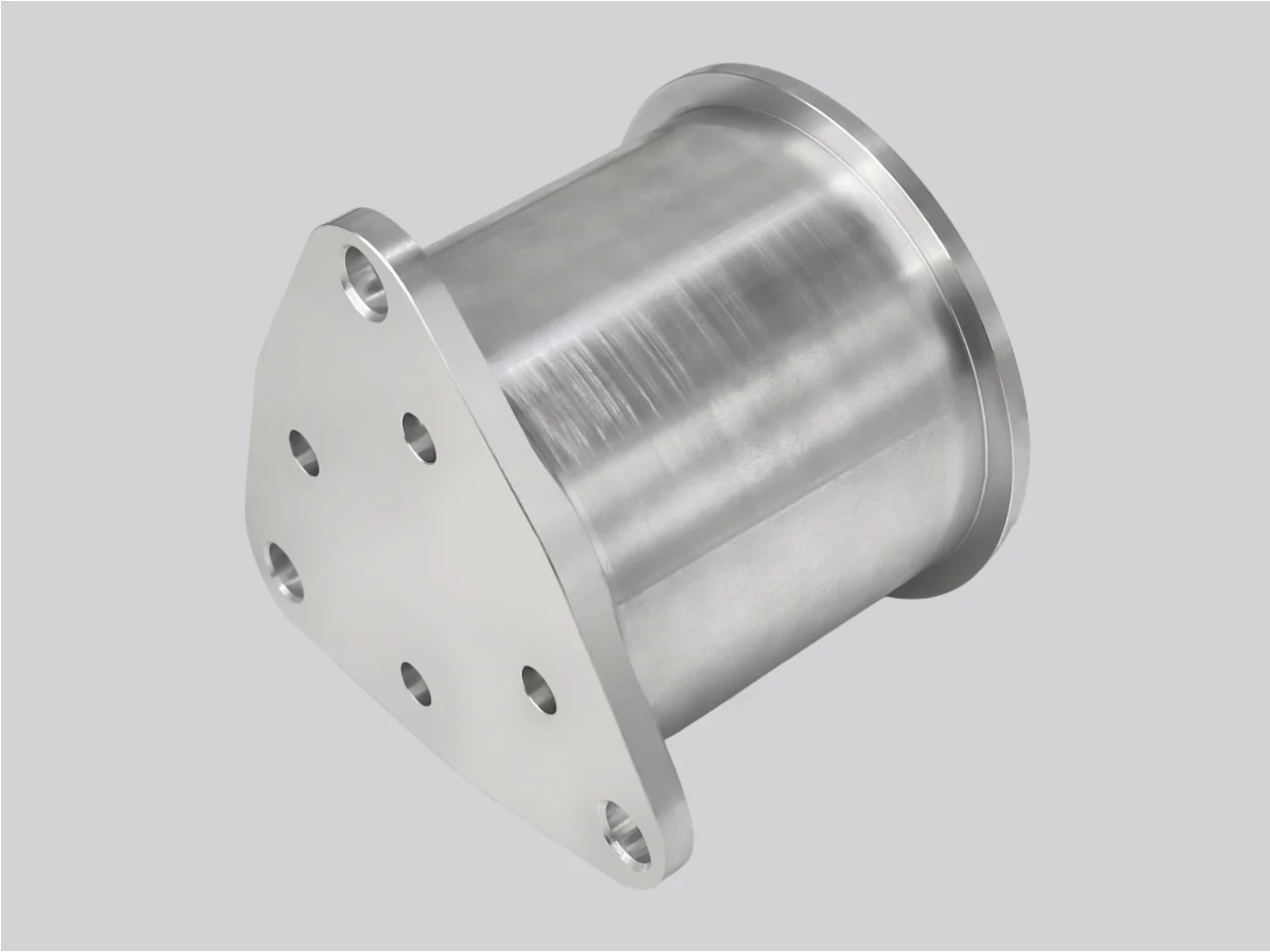
Applications of 6061 Aluminum
6061 aluminum's strength and corrosion resistance make it ideal for numerous structural and engineering applications:
In construction, it's used for bridges, roofs, and other structural components.
In the automotive industry, it forms car frames, chassis, and wheels.
In shipbuilding, it constructs hulls and decks.
In electronics, it creates electrical connectors, heat sinks, and device housings.
It's also used for precision machined parts, tools, fixtures, and sporting goods like camping gear, fishing rods, and hiking poles.
7075 Aluminum: Strength Personified
7075 aluminum, from the 7XXX series, features copper and zinc as its primary alloying elements. Renowned for its superior fatigue resistance, it ranks among the strongest aluminum alloys, comparable to many steels. Despite its high strength, it remains reasonably machinable, though it demands more power and specialized tooling compared to 6061. However, it falls short in weldability and corrosion resistance, often requiring protective coatings, and comes at a higher cost.
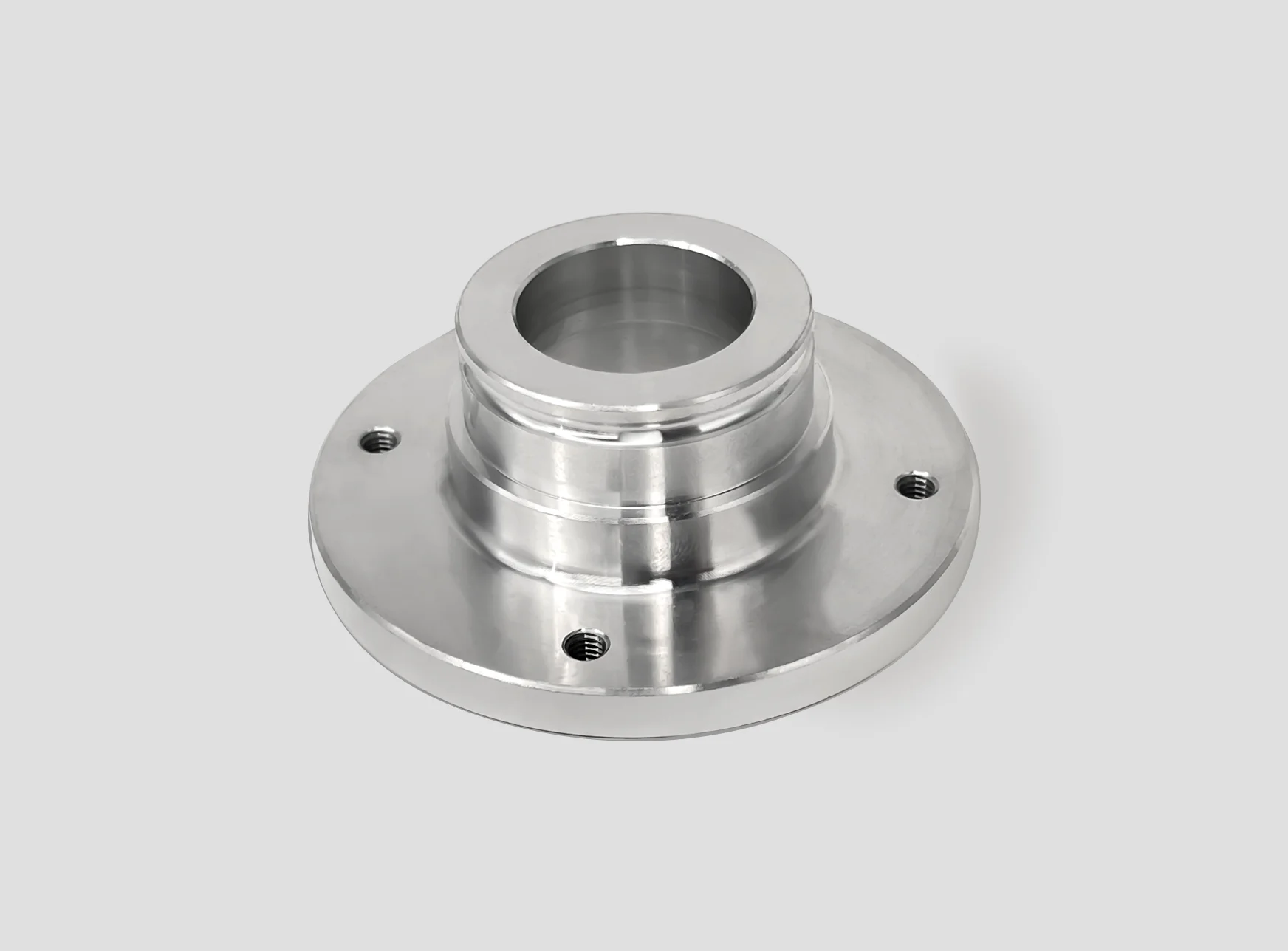
Heat treatment can push 7075 aluminum to achieve extremely high strength and varying levels of stress corrosion cracking resistance. Common heat-treated conditions include T6, T651, T73, and T76.
Applications of 7075 Aluminum
7075 aluminum shines in high-performance applications that demand an exceptional strength-to-weight ratio and fatigue resistance:
In aircraft manufacturing, it constructs wings, fuselage frames, and other critical components.
In the military, it's used for armor plating, weapons, and missile parts.
For high-end sporting goods like bicycles, rock climbing equipment, and competitive sports gear.
In transportation, it's used for braking systems, engine supports, frames, and wheel hubs of automobiles, trains, and ships.
In machinery manufacturing, it's used for die-casting dies, extrusion dies, precision processing, and automation equipment.
Comparing 6061 and 7075 Aluminum
Composition
In 6061 aluminum, magnesium and silicon combine to form Mg2Si precipitates, enhancing strength. In 7075 aluminum, zinc, with a content up to 5.6%, drives the alloy's high strength and hardness. Magnesium and copper work with zinc to create strengthening precipitates, while silicon mainly refines the grain structure.

Density
Both alloys have relatively similar densities, around 2.7 g/cm³ for 6061 and 2.81 g/cm³ for 7075. This slight difference reflects their composition and makes them valuable in weight-sensitive industries.
Mechanical Properties
Yield Strength: 7075 aluminum far surpasses 6061 due to its higher zinc and magnesium content. While 6061's yield strength of 276 MPa is respectable, 7075's strength is significantly greater.
Modulus of Elasticity: Both alloys have similar moduli of elasticity, as this property depends more on atomic bonding than alloying elements or heat treatment.
Thermal Conductivity: 6061 aluminum has higher thermal conductivity (167 W/m·K) as its alloying elements minimally impact heat transfer. In contrast, 7075's zinc and copper reduce its thermal conductivity to 130 W/m·K.
Hardness: 7075 aluminum is generally harder due to the formation of numerous hard MgZn2 precipitates, enhanced by copper. 6061's hardness improvement from Mg2Si precipitates is more limited.
Machinability: 6061 aluminum's moderate strength and lower cutting forces make it easier to machine than 7075, which is more challenging due to its higher hardness and strength.
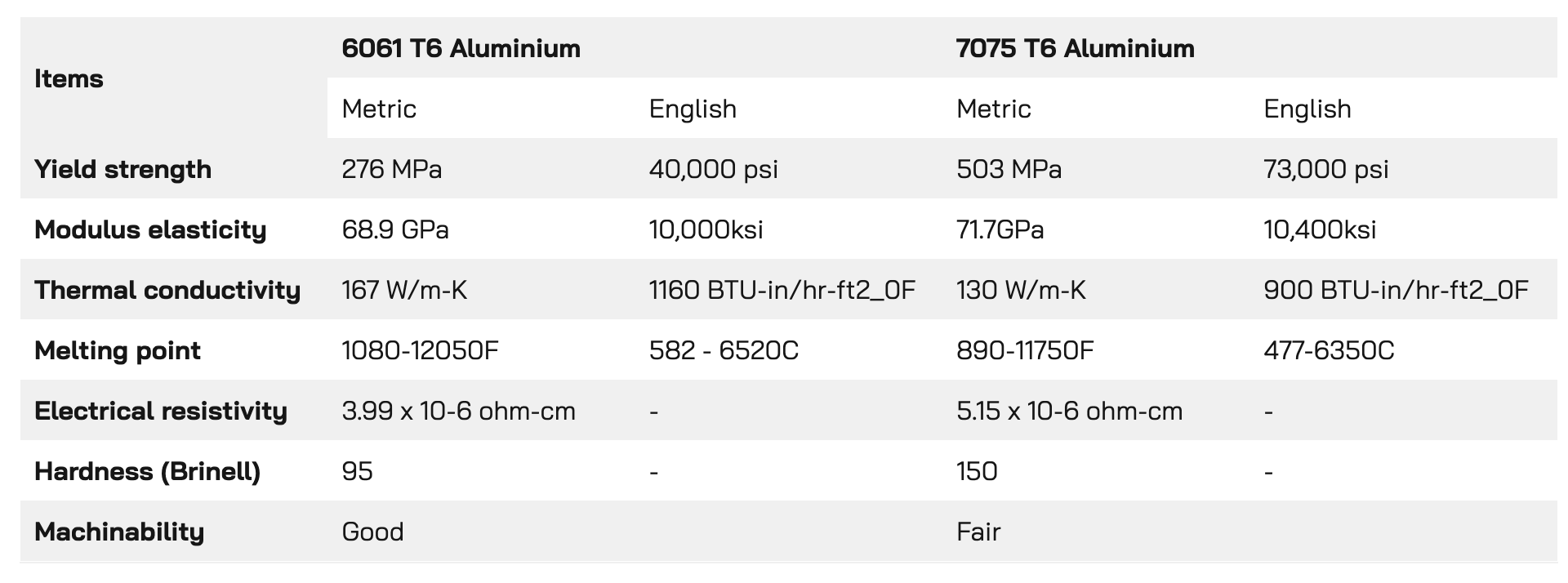
Chemical Characteristics
Corrosion Resistance: 6061 aluminum outperforms 7075 in corrosion resistance. Its alloying elements promote uniform precipitation, preventing localized corrosion, while 7075's zinc and copper form corrosion-prone precipitates.
Anodizing: Both alloys can be anodized, but 6061 forms a more uniform, dense oxide layer. Anodizing 7075 often results in an uneven, porous layer with weaker adhesion, requiring stricter quality control and higher costs.
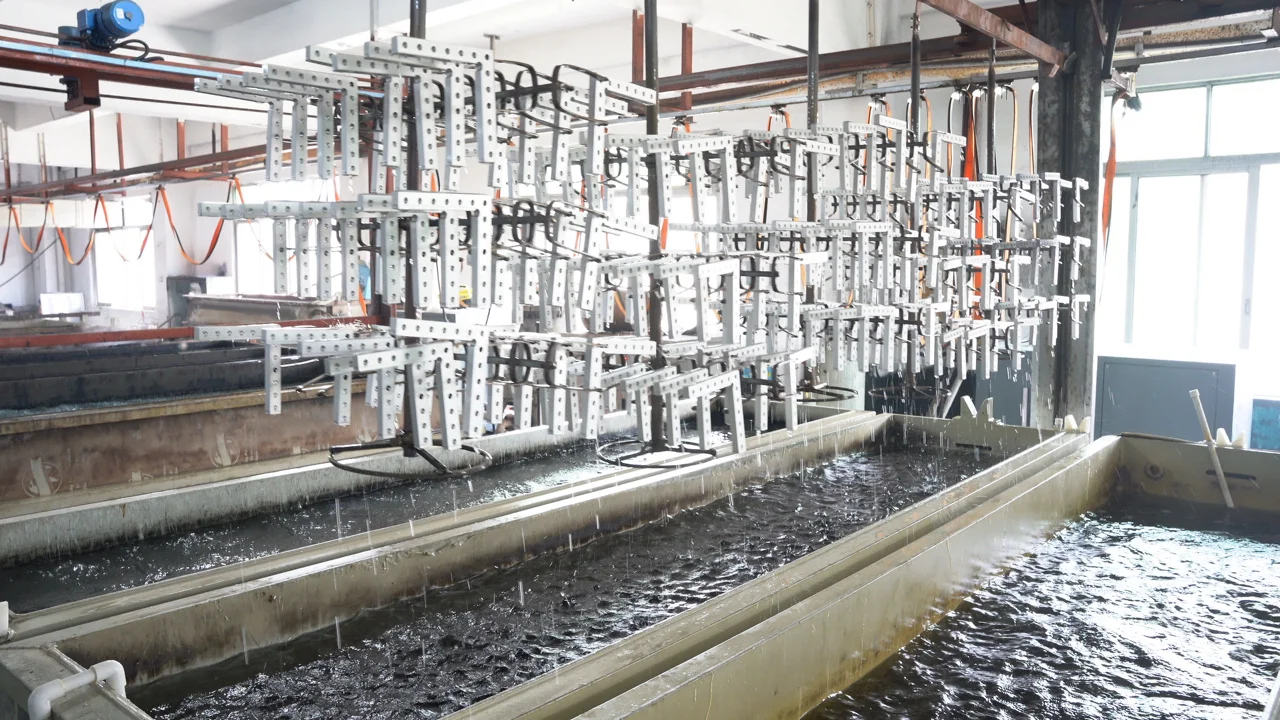
Weldability
6061 aluminum's moderate strength and crack resistance make it highly weldable using various methods. 7075 aluminum, however, presents challenges due to high stress, cracking risks, and zinc's early melting during welding, which reduces welding quality.
Cost
7075 aluminum typically costs more than 6061. Its higher proportion of expensive zinc and copper, along with its poor processability and high tool wear, drive up production costs.
Choosing the Right Alloy
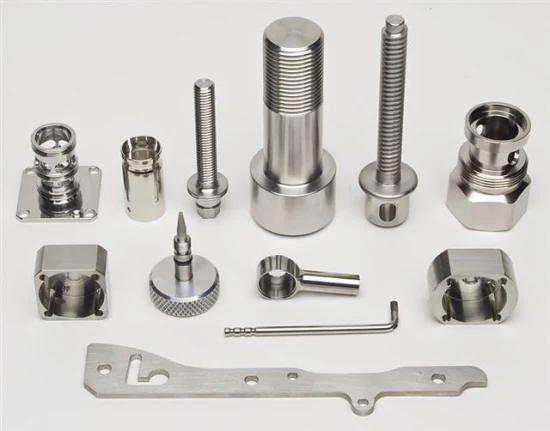
For general use: 6061 aluminum is a cost-effective option with good processability and weldability, suitable for a wide range of applications.
For marine environments: 6061's superior corrosion resistance and cost-effectiveness make it the better choice.
When strength matters: 7075 aluminum is ideal for applications where cost is secondary, high strength and hardness are needed, or products will endure long-term cyclic loading, such as in aerospace, military, and high-end manufacturing.
Work with HL Parts
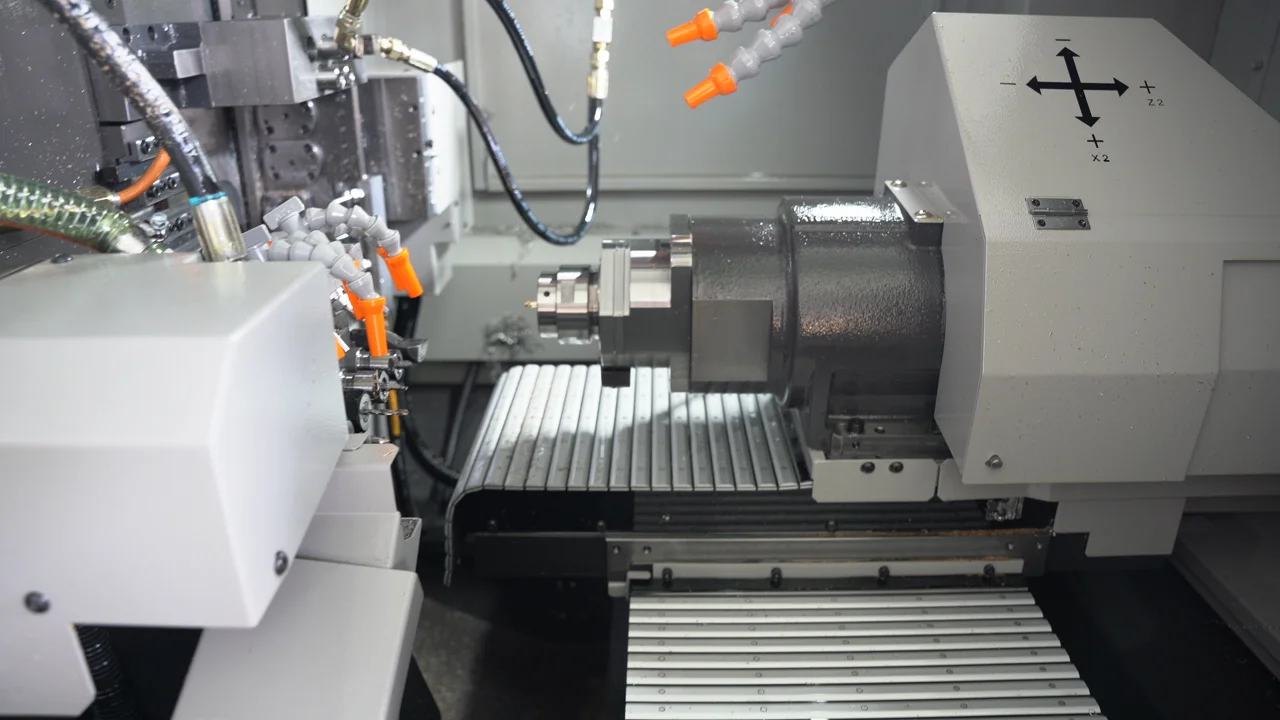
Aluminum alloys are among the most widely used metals for manufacturing processes. However, with the wide variety of aluminum alloys available, it would be confusing to choose the right one for your project. As one of the largest ISO 9001-certified manufacturers specializing in custom hardware parts in China, our experts can assist you in the material selection process. If you are looking for CNC machining services or aluminum extrusion services for your 6061 or 7075 aluminum project, please feel free to contact us.


